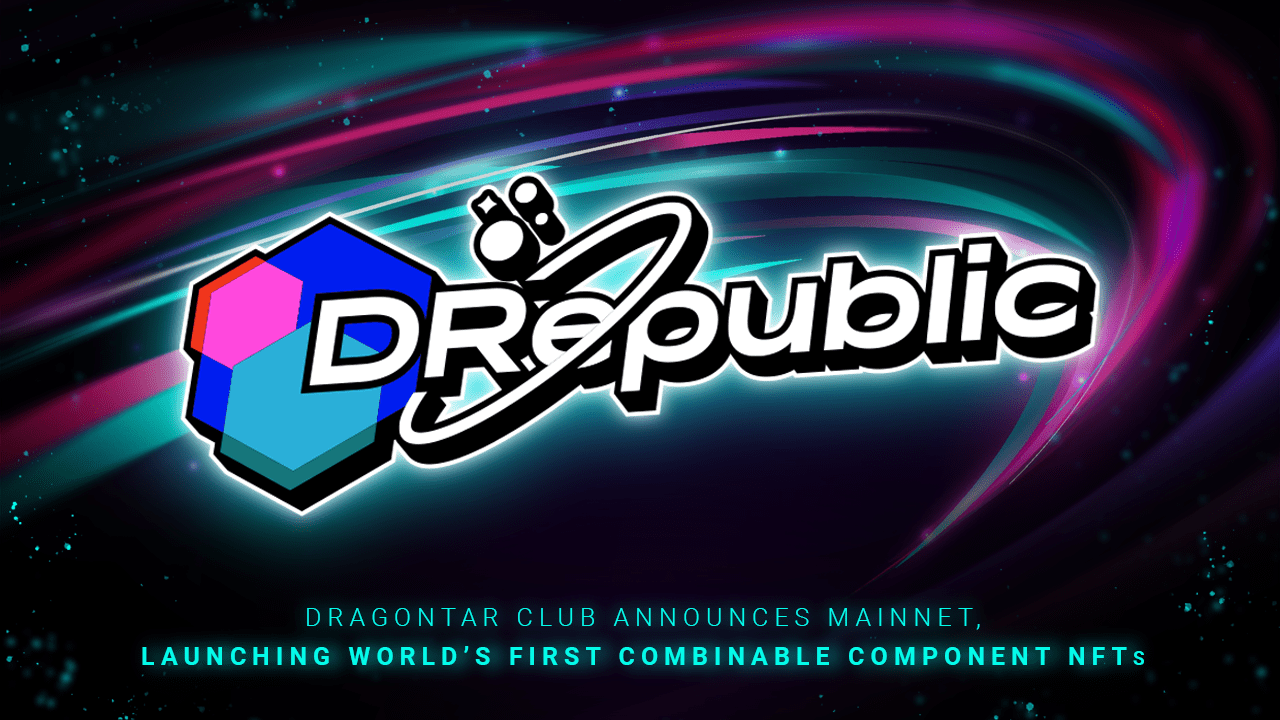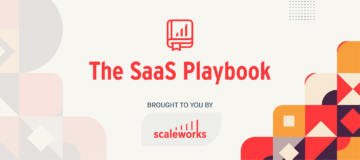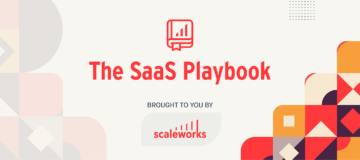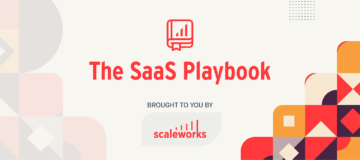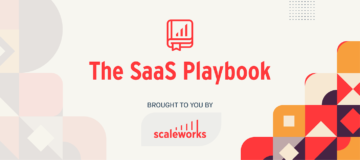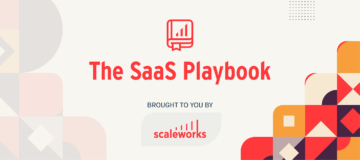Welcome back to The SaaS Playbook, a bi-weekly rundown of the top articles, tactics, and thought leadership in B2B SaaS. Not a subscriber yet?
💥 There has been an explosion in the amount of financing options available to software companies over the last few years. No more are the days of just raising VC, growth equity, or pursuing a buyout – new forms of funding such as venture debt, revenue based financing, and Alt VC are giving founders a tremendous amount of flexibility in how they accomplish their goals. Fundscape did the courtesy of listing 125 of the different players in the software fundraising ecosystem, so you can easily sort by financing type and evaluate all options to decide what is best for your business. Holler if you think there are any big names missing!
🧪 The first year of your startup’s growth should be embraced as a trial period where you test hypotheses and gather learnings to compound the velocity of your improvements. That might sound obvious, but many founders strongly commit to “sticking to the plan”, and pass on customers and opportunities that don’t fit their exact roadmap. While there is value to that sort of stubbornness later in your startup’s life cycle, early changes should not be frowned upon – simply redefining your problem, customer base, or product, does not mean you are choosing a new thesis altogether. By changing the context around the idea of a pivot, it can hopefully remove any shame or failure associated with the change.
🚄 We took a read through G2’s most recent software buyer behavior report and came back with some interesting takeaways. The software buying cycle continues to shorten, with over half (55%) of buyers taking less than 3 months to make purchase decisions for $20,000 or more. Another powerful stat which shows the need for (buying) speed: 67% of purchasers are contacting sales reps for the first time only AFTER they made their purchase decision. This may not be as relevant to you right now if you sell into the ultra-enterprise, but these trends are evident in small enterprises and mid-market buyers, and will likely continue to make their way upmarket. Another notable stat was that only 4% of survey software buyers trusted traditional market research firms, which makes authentic, user generated reviews essential to your success.
❄️ There are few better people to discuss consumption based pricing than Snowflake’s CFO, Mike Scarpelli. After the data warehousing business switched to the model they posted 124% growth and 168% net revenue retention, leading them to trade at an insane 44x multiple on revenues early this year. Mike shares his view that at some point, most software will be delivered in a usage-based model because of customers’ reluctance to pay for “shelf-software” when there are alternatives allowing them to pay for only what they use. He also highlights some of the challenges that come with switching to the model, such as the need to be able to forecast your customers’ usage. If you can’t do that, it will be impossible to forecast your own revenues, so offering tools within your software to help customers map out their usage growth is a good way to have them answer the question for you.
📺 If cars, TV’s, appliances, and other goods come with how-to manuals to make their users’ lives easier, why not do the same for your co-workers? You can help educate your team on how to best work with you (and vice versa) by writing a manual of your preferred work styles and techniques. When you think about it, it’s pretty ineffective to simply guess how to form workplace relationships, so we liked the idea of gathering that key information upfront. The activity can serve as a team building exercise, especially to the many companies working remote or with a number of locations. Responses will understandable range from general to candid, but all can improve the work environment drastically.
Source: https://thesaasplaybook.substack.com/p/-2021s-software-funding-landscape
- 000
- All
- Allowing
- around
- articles
- Authentic
- B2B
- BEST
- Building
- business
- Buying
- cars
- cfo
- change
- Companies
- Compound
- consumption
- continue
- continues
- Customers
- data
- Debt
- DID
- Early
- Environment
- equity
- evolution
- Exercise
- Failure
- First
- first time
- fit
- Flexibility
- form
- founders
- funding
- Fundraising
- General
- Giving
- Goals
- good
- goods
- Growth
- How
- How To
- HTTPS
- idea
- information
- IT
- Key
- Leadership
- leading
- map
- Market
- market research
- medium
- mid-market
- model
- months
- names
- net
- Notion
- offering
- opportunities
- Options
- Other
- Pay
- People
- Pivot
- pricing
- Product
- purchase
- range
- Relationships
- research
- revenue
- Reviews
- SaaS
- sales
- sell
- Shares
- small
- So
- Software
- speed
- success
- Survey
- tactics
- test
- thought leadership
- time
- top
- trade
- Trends
- trial
- value
- VC
- VeloCity
- venture
- View
- Warehousing
- What is
- within
- Work
- Workplace
- writing
- year
- years

